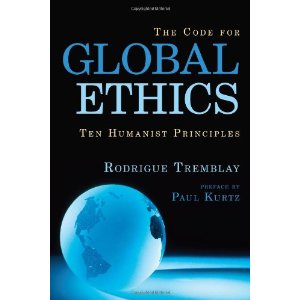
Meet the four-legged robot being housebroken by the US military
If you thought a soldier's best friend was a weapon, try again. Meet LS3 (Legged Squad Support System) — the four-legged machine being developed for military use by engineering firm, Boston Dynamics. The outfit designed the not-so-cuddly contraption (aka AlphaDog) under contract by DARPA to work as an aid alongside US troops. BD has been advancing this particular beast for more than two years, which has already proved it can carry up to 400 pounds of gear for about 20 miles without refueling. Just a few months ago, the robot was upgraded to jog at about 5MPH over rugged terrain to up the ante even further — an improvement over its slower-moving and noisy predecessor. Prior collaborations between the two have spawned unique projects like Cheetah (a robot purposed to run as similarly as possible to the animal it's named after) and Atlas (a human-like droid that walks and climbs walls).

Fast forward to the present with AlphaDog now back in the spotlight, BD is ready to show off some newly engineered tricks. These latest alterations stem from two weeks of real world testing in the woods of central Virginia, demonstrating a number of improvements to its autonomy and maneuverability, including the ability to recover from a pretty substantial roll. What's more, DARPA's also shown off how the robot can respond to voice commands as well as what it calls “Leader Follow” decision making. By doing so, the loyal companion itself determines how best to trail its human counterpart. All that and some sounds to keep you up at night are in the video below.
Read full article with video option.
Continue reading “Marcus Aurelius: DARPA DOG Expensive Idiocy”





